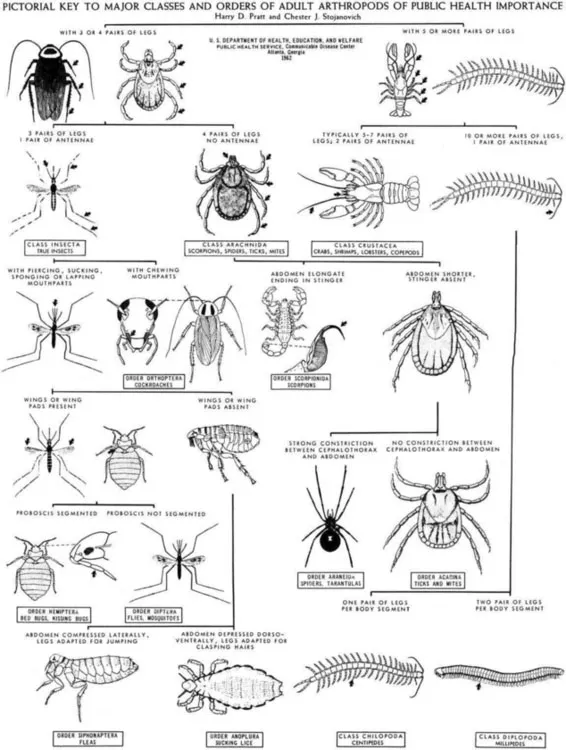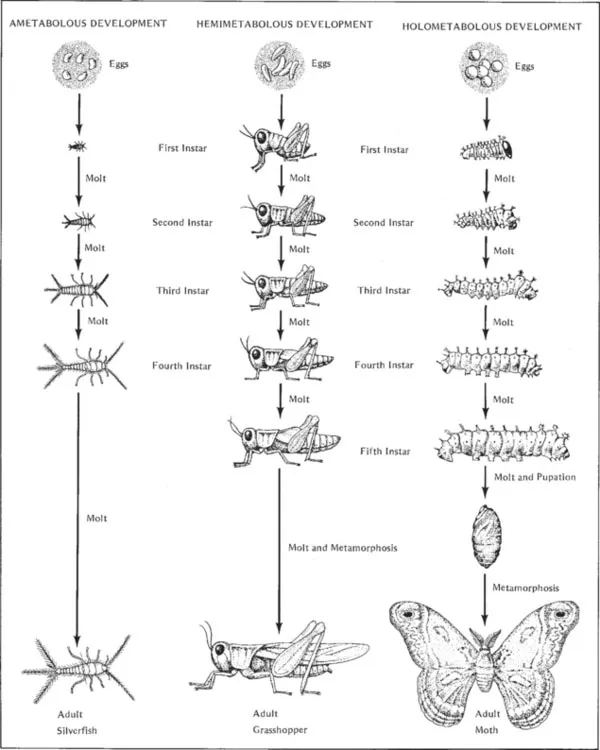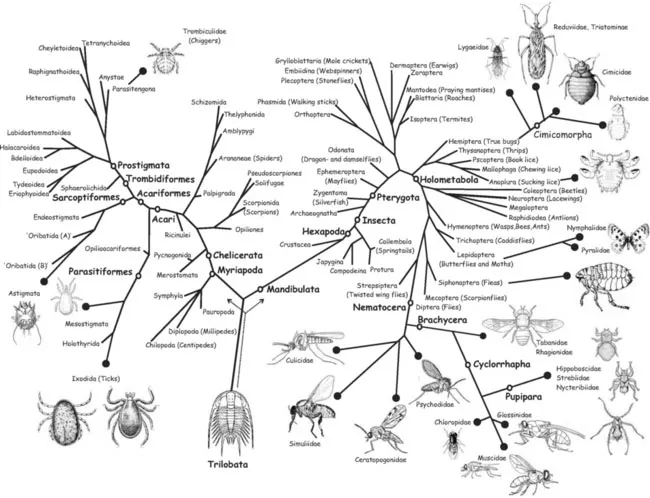
Biology of Disease Vectors
William H. Marquardt, William H. Marquardt
- 816 páginas
- English
- ePUB (apto para móviles)
- Disponible en iOS y Android
Biology of Disease Vectors
William H. Marquardt, William H. Marquardt
Información del libro
Biology of Disease Vectors presents a comprehensive and advanced discussion of disease vectors and what the future may hold for their control. This edition examines the control of disease vectors through topics such as general biological requirements of vectors, epidemiology, physiology and molecular biology, genetics, principles of control and insecticide resistance. Methods of maintaining vectors in the laboratory are also described in detail.No other single volume includes both basic information on vectors, as well as chapters on cutting-edge topics, authored by the leading experts in the field. The first edition of Biology of Disease Vectors was a landmark text, and this edition promises to have even more impact as a reference for current thought and techniques in vector biology.Current - each chapter represents the present state of knowledge in the subject areaAuthoritative - authors include leading researchers in the fieldComplete - provides both independent investigator and the student with a single reference volume which adopts an explicitly evolutionary viewpoint throuoghout all chapters. Useful - conceptual frameworks for all subject areas include crucial information needed for application to difficult problems of controlling vector-borne diseases
Preguntas frecuentes
Información
INTRODUCTION

THE CHELICERATA
THE INSECTS (HEXAPODA)
| Entognatha 1. Protura (Myrientomata)—proturans 2. Collembola (Oligentomata)—springtails 3. Diplura (Entognatha, Entotrophi, Aptera)—diplurans Insecta 4. Microcoryphia (Archaeognatha; Thysanura, Ectognatha, and Ectotrophi in part)—bristletails 5. Thysanura (Ectognatha, Ectotrophi, Zygentoma)—silverfish, firebrats Pterygota —winged and secondarily wingless insects 6. Ephemeroptera (Ephemerida, Plectoptera)—mayflies 7. Odonata—dragonflies and damselflies 8. Grylloblattaria (Grylloblattodea, Notoptera)—rock crawlers 9. Phasmida (Phasmatida, Phasmatoptera, Phasmatodea, Cheleutoptera; Orthoptera in part)—walkingsticks and timemas 10. Orthoptera (Saltatoria, including Grylloptera)—grasshoppers and crickets 11. Mantodea (Orthoptera, Dictyoptera, Dictuoptera in part)— mantids 12. Blattaria (Blattodea; Orthoptera, Dictyoptera, Dictuoptera in part)—cockroaches 13. Isoptera (Dictyoptera, Dictuoptera in part)—termites 14. Dermaptera (Euplexoptera)—earwigs 15. Embiidina (Embioptera)—webspinners 16. Plecoptera—stone flies 17. Zoraptera—zorapterans 18. Psocoptera (Corrodentia)—psocids 19. Phthiraptera (Mallophaga, Anoplura, Siphunculata)—lice 20. Heteroptera (Hemiptera)—bugs 21. Homoptera (Hemiptera in part)—cicadas, hoppers, psyllids, whiteflies, aphids, and scale insects 22. Thysanoptera (Physapoda)—thrips 23. Neuroptera (including Megaloptera and Raphidiodea)— alderflies, dobsonflies, fishflies, snakeflies, lacewings, antlions, and owlflies 24. Coleoptera—beetles 25. Strepsiptera (Coleoptera in part)—twisted-wing parasites 26. Mecoptera (including Neomecoptera)—scorpion flies 27. Siphonaptera—fleas 28. Diptera—flies 29. Trichoptera—caddisflies 30. Lepidoptera (including Zeugloptera)—butterflies and moths 31. Hymenoptera—sawflies, ichneumonids, chalcids, ants, wasps, and bees |


INTRODUCTION
